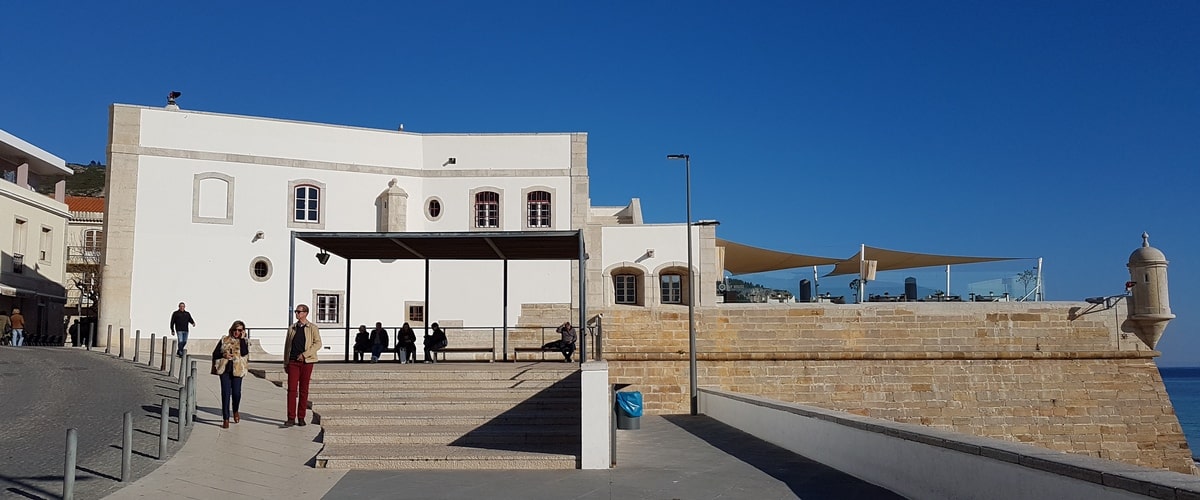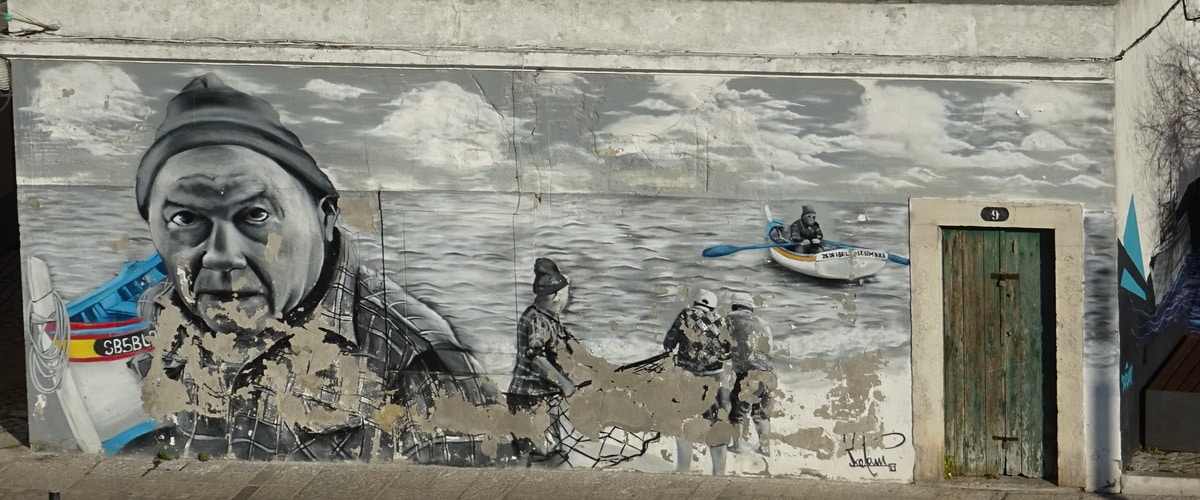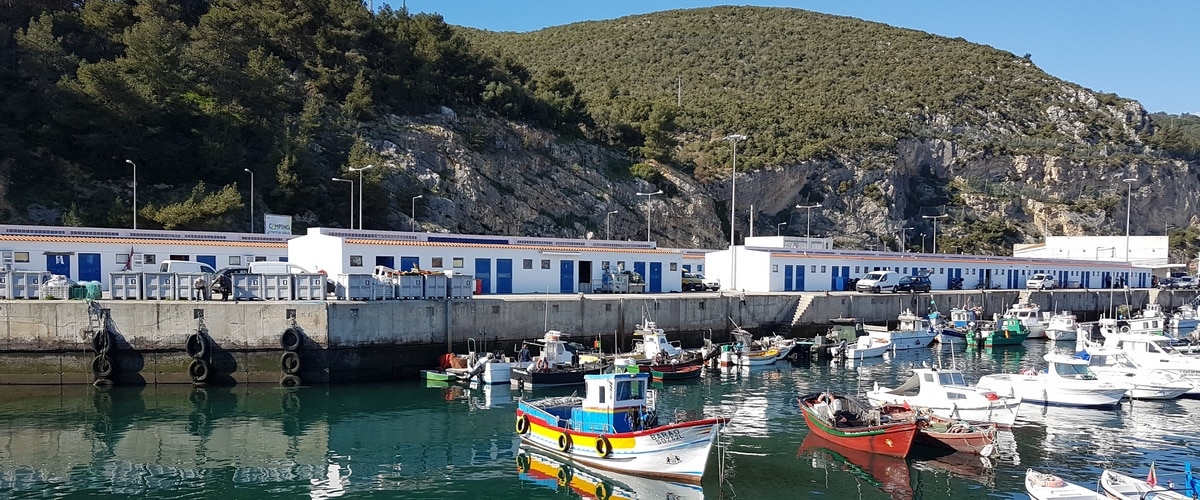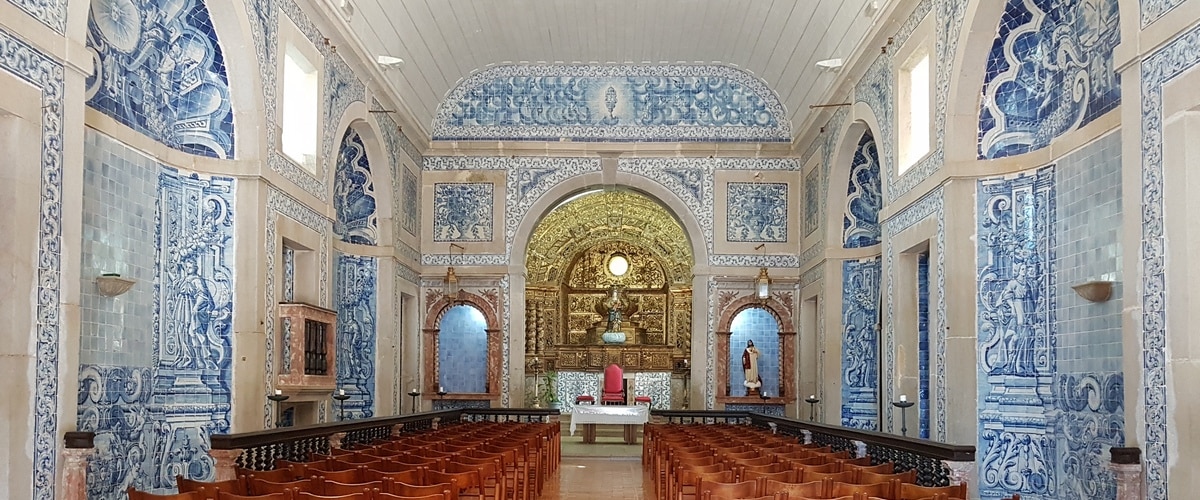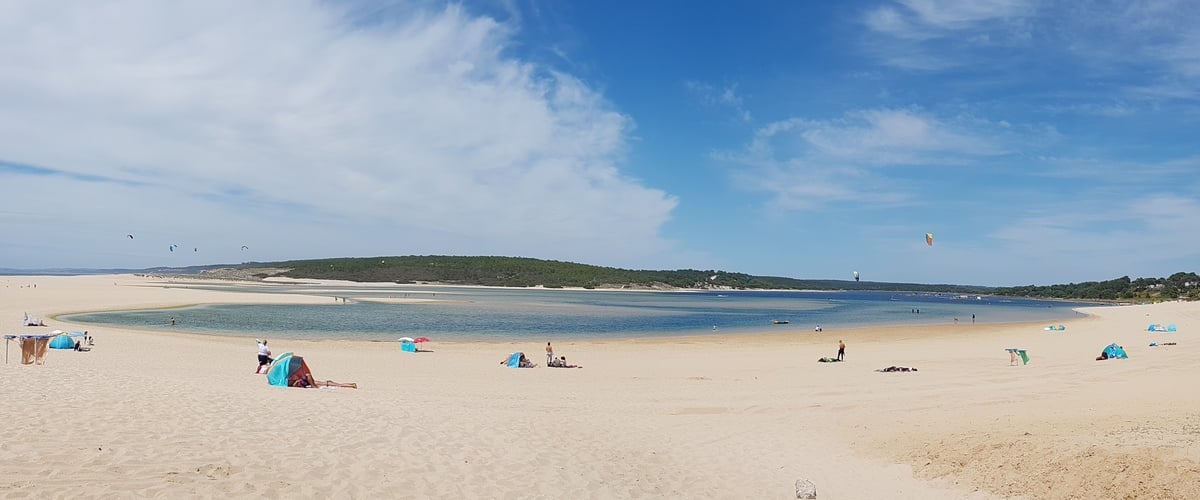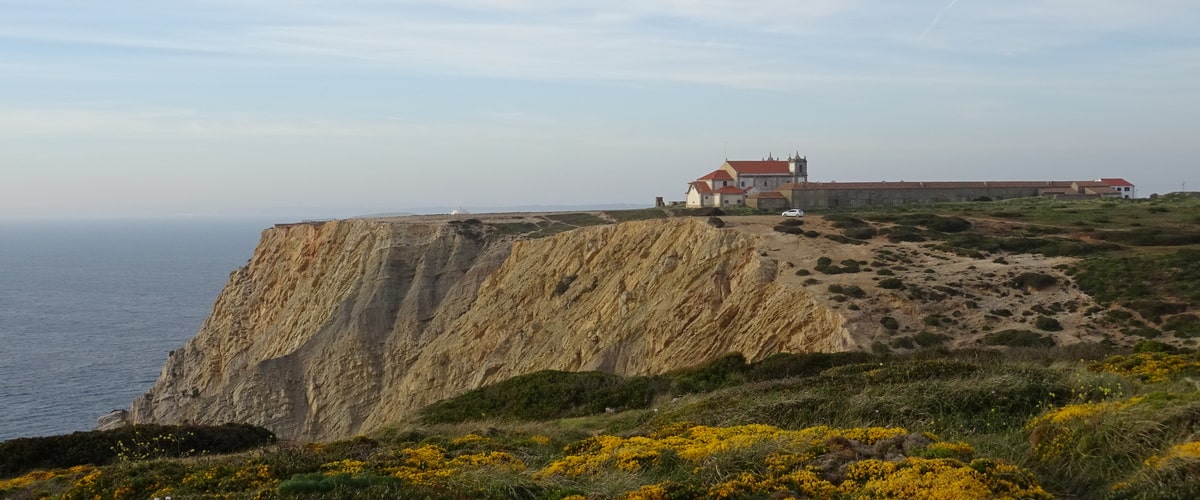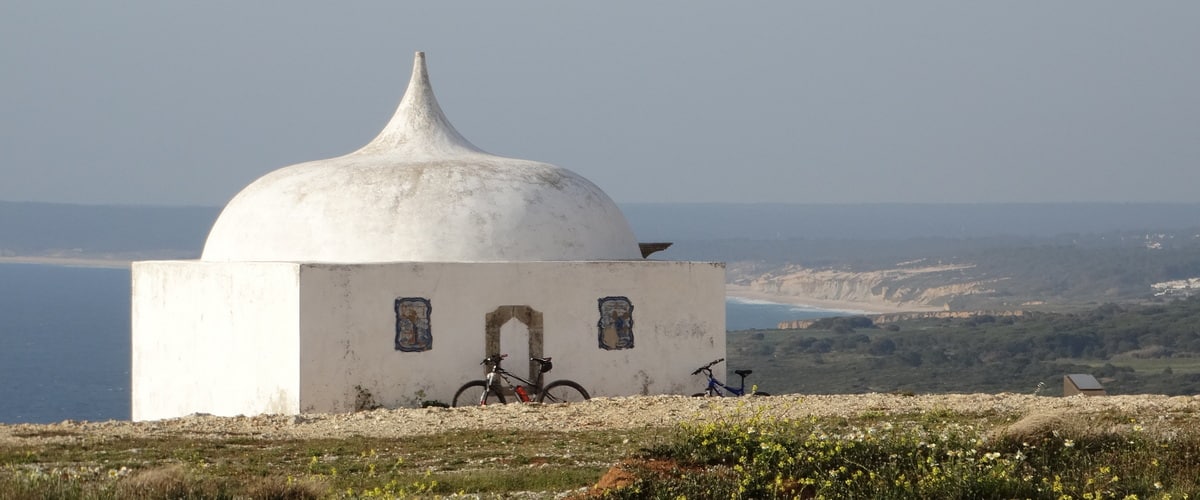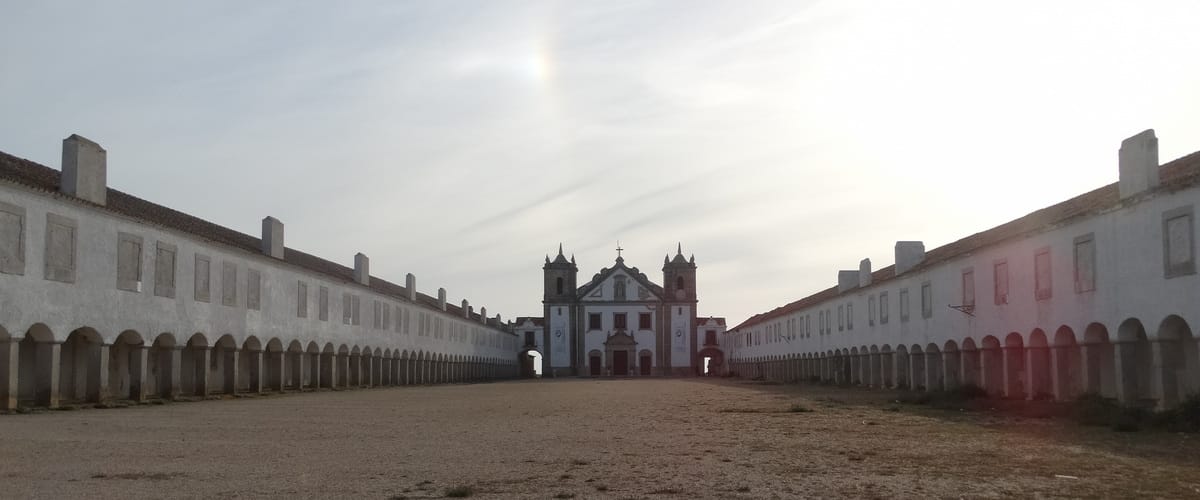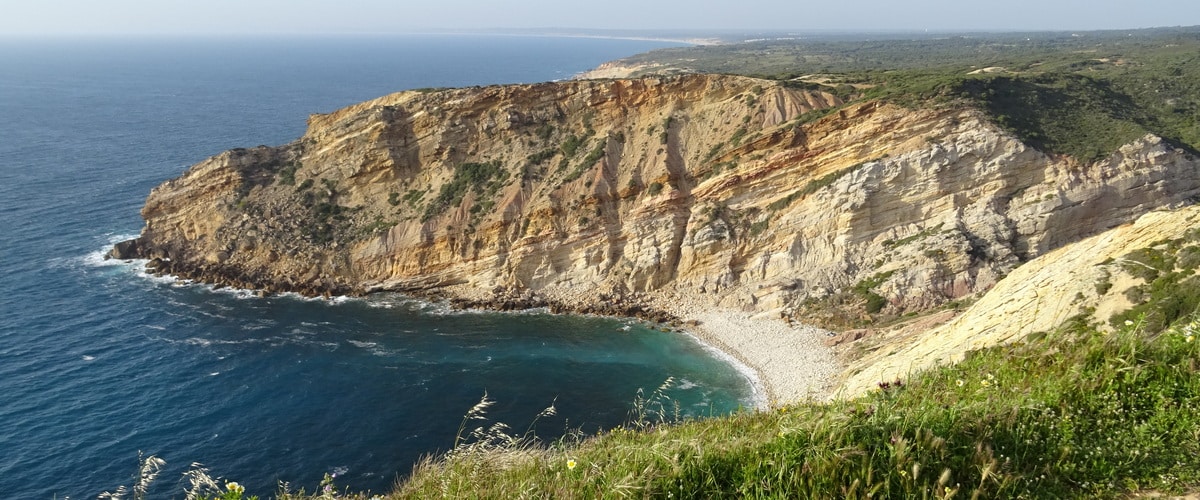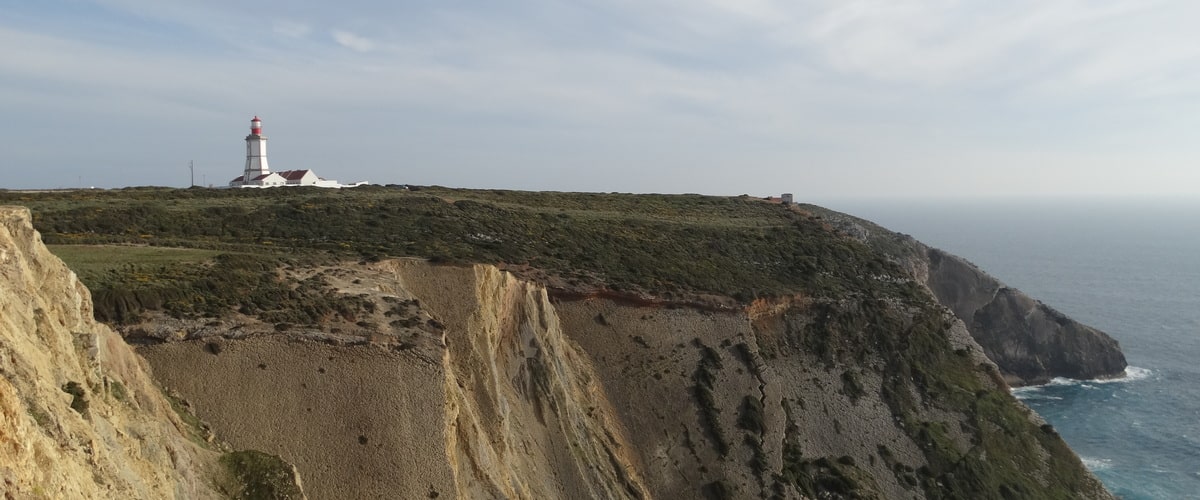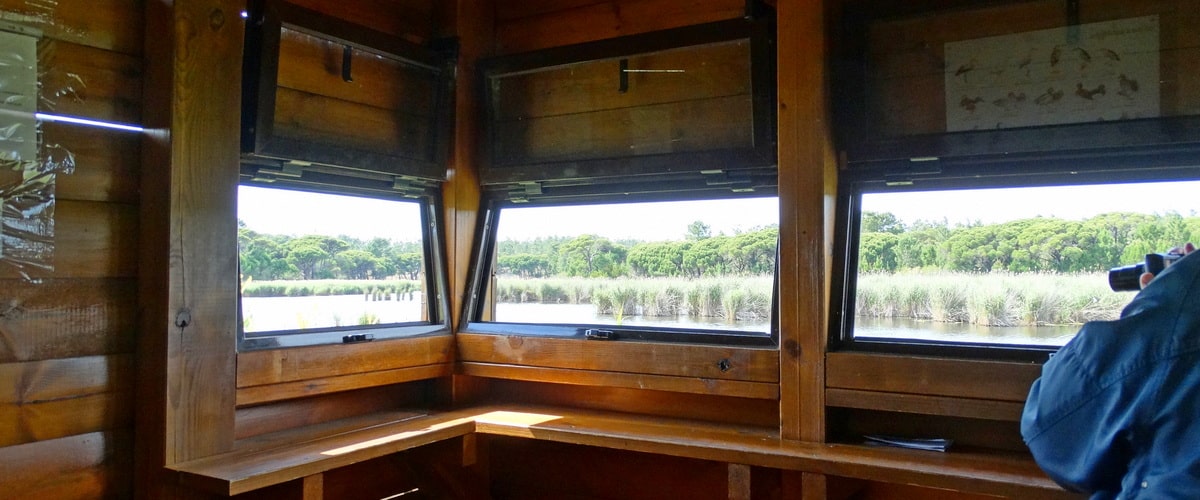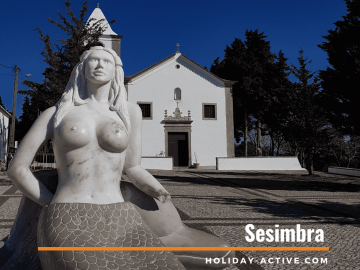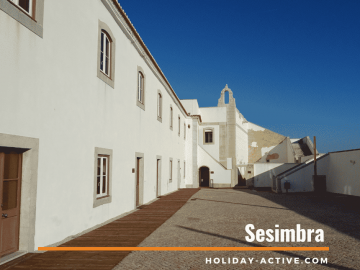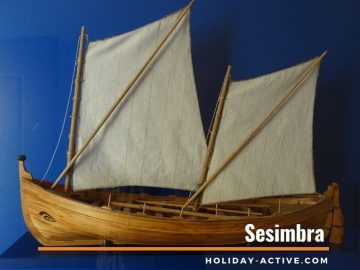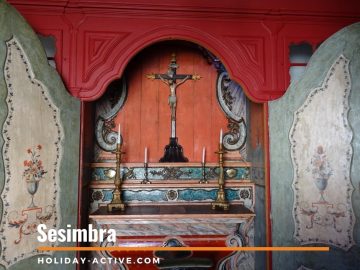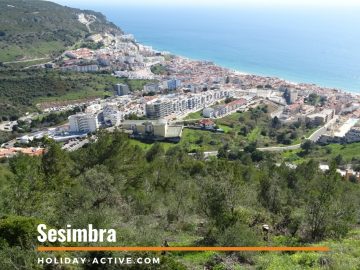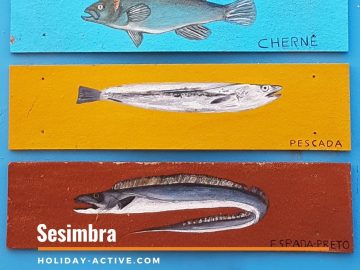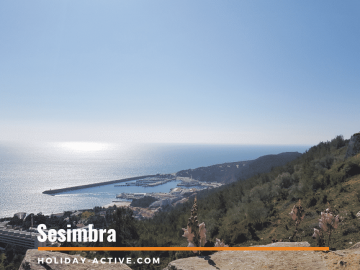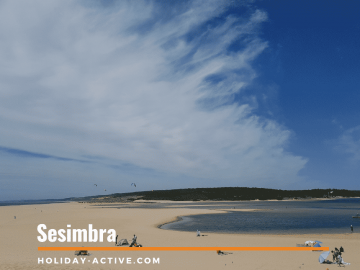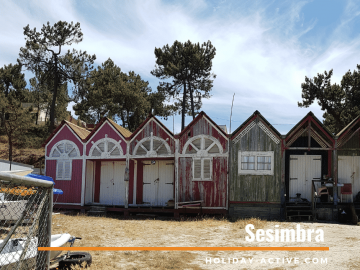Sesimbra
About Sesimbra
Sesimbra is a fisherman’s village just 40km south from Lisbon.
During the reign of D Dinis, Sesimbra was only a small cluster of fishermen, but the village flourished during the time of the Discoveries when it became an important shipyard and seaport
Through the fifties, fishermen from all over the world congregated to this seaside village hoping to catch the prized swordfish. Such was the magnificence of these specimens that they became the village’s flagship. Such abundance led to a thriving canning industry.
Walks along the beach are part of the daily life of the “peixitos”, whether to contemplate the sea or to appreciate the still practised fishing method: Arte Xávega.
Why you should visit Sesimbra
Sesimbra has its particular appeal enhanced by the perfect curve of its bay, framed by the Arrábida Mountain and the fishing port.
A short distance from Lisbon, it offers a whole new experience. Trawlers still sail in with the day’s catch, grilled fish scent the air and opens the appetite, walks along the promenade relax and offer the perfect romantic settings. Time rolls by at its own pace giving this overgrown town a summer resort feel
Around Sesimbra, you’ll trip upon the most inviting beaches and stupendous trekking trails
What to visit in Sesimbra
The Fortress of Santiago
The Fortress of Santiago was built between 1642 and 1648 by D. João IV to reinforce the defence of the Atlantic Coast.
He assigned a Jesuit military engineer Joao de Cosmander to build a fortress that would protect the bay and village from pirates and the Spanish armada.
The Santiago Fortress obeys the dutch military outline, starry polygonal plant, and houses several military dependencies, including the governor’s residence, the cisterns, the armoury and the chapel.
During the summer season the Infantes António, Gaspar and José, illegitimate sons of D. João V – known as “Palhavã’s Boys” would come to Sesimbra and sojourn in this fortress.
In 1832 the garrison left the fortress, and in 1879 the National Guard occupied part of the dwellings.
Sesimbra Maritime Museum
Housed inside the Fortress of Santiago is the Sesimbra Maritime Museum. It exhibits the course of this fishing community from the beginning of times to the present day
On display are fishing tackle, information on the Luiz Saldanha Marine Park, the evolution of the canning industry in Sesimbra and D Carlos many achievements.
A small alter were you may pray to the Lord Jesus of Chagas, patron of the fishermen of Sesimbra
Sesimbra Market
To be found in the village centre a few meters from the beach and Santiago Fortress. Open during the mornings from Tuesday to Sunday.
Here you feast your eyes on freshly caught fish and seafood, fruits, vegetables, regional cheeses and bread
Sesimbra Street Art
A group of artists accepted the challenge of the Municipality of Sesimbra to paint, on various doors and windows, themes depicting Sesimbria’s fishing traditions.
Today we have an open-air museum. A captivating route to follow that portrays the traditions and inherent traits of Sesimbra
Porto de Abrigo | Fishing Port

For those who enjoy a more active and challenging holiday, in the Porto de Abrigo area, companies offer diving, canoeing, sailing, hiking, boating, cycling and other thrilling experiences.
Sesimbra is a saught out diving centre. There at about 25 meters deep is the wreck of the River Gurara, a Nigerian cargo ship, that sunk in 1989 with the loss of 45 sailors
The fish auction
Visit the fish auction in the fishing port.
Witness the fish being unloaded and tour the warehouse where fishing tackle is stored and prepared for a new catch
Sesimbra Castle
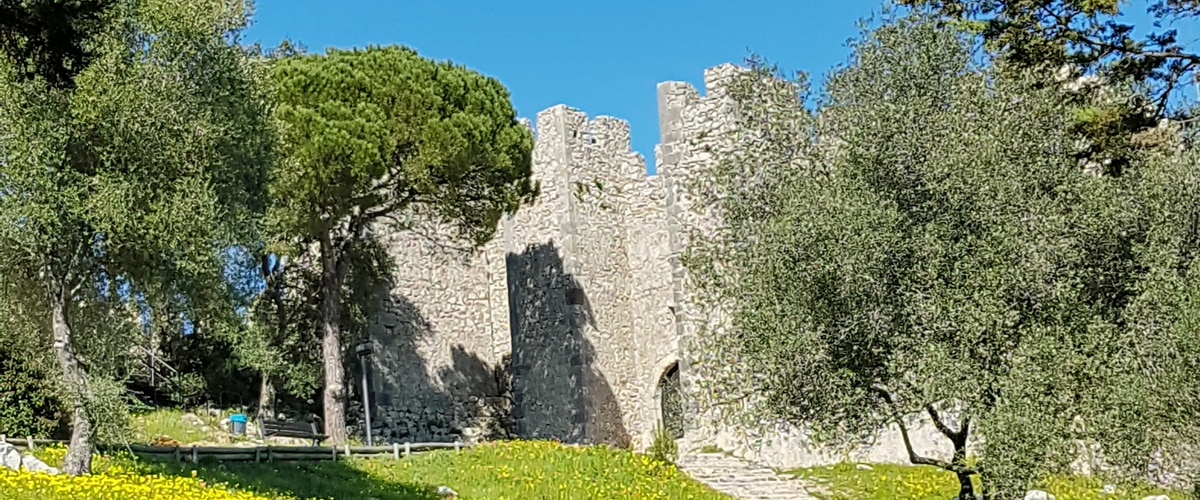
Inside the Castle, there are two permanent exhibitions on its history, a church and a deactivated cemetery. A museum circuit allows visitors to wander through the various points of interest at their own pace. For the brave, climbing the Castle wall will reward them with a privileged view of Sesimbra.
There is a cafeteria offering local products, accompanied by a beautiful terrace and stunning views.
Church of Santa Maria of the Castle
The temple of Santa Maria was expanded in the 16th, 17th and 18th century becoming devoted to Nossa Senhora da Consolação of the Castle.
A Church that wins your heart. The inviting bright red door opens to a gilded altar framed by a profusion of blue tiles. A combination of simplicity, light and comfort. God’s summer house
The coast and the beaches of Sesimbra
An itinerary around the Sesimbra Coast
A few kilometres from Lisbon you will come upon a stunning coast and irresistible beaches belonging to the Municipality of Sesimbra.
Starting at Lagoa de Albufeira, an ideal place to practice water sports, especially kite and windsurfing, you will move on to Praia do Moinho de Baixo, next to Aldeia do Meco. With extensive sands, it is one of the first naturist beaches in the country. Be sure to enjoy a magnificent sunset while tasting delicious titbits at the legendary Bar do Peixe, right on the beach.
Next up is Praia das Bicas. A more sheltered beach with fewer people. Its name (Bicas) comes from the sprouts of water that spring from the cliffs. A beach that, due to its steep access, might make you think twice before venturing down. However, your reward will be quiet and less populated beach and restaurant, serving mouth-watering dishes, overlooking the beach.
Cliffs make up this part of the coast, envisioning small coves like Praia da Foz and Praia dos Lagosteiros. Here you can examine the footprints and tail marks of dinosaurs, sauropods and theropods, about 150 million years old.
In the background, you can perceive the Cabo Espichel (cape) crowned by one of the lighthouses commissioned by the Marquis of Pombal to illuminate the Portuguese Coast. Portugal was, until then, considered the Black Coast.
A little further up from the lighthouse is the Nossa Senhora do Cabo Espichel Sanctuary. Built on a plateau that ends in abrupt cliffs to the sea makes it an awesome building to tour
Sesimbra’s coastline is entwined with legends and pirate stories. Native plants and dinosaur footprints make you want to discover more about this area. For those more adventurous and used to more radical hikes, this is undoubtedly a place to explore. An example of this is the demanding trail that takes you to one of the most beautiful beaches in Portugal – O Ribeiro do Cavalo. Of difficult access and little known, it is between Cabo Espichel and Sesimbra. You may also get there by kayak or by boat.
Finally, Sesimbra and its Bay that holds Praia do Ouro and Praia da Califórnia
Cabo Espichel (Cape)
What is so especial about Cabo Espichel?
A plateau that extends towards the sky and then falls abruptly into the sea. Was Cabo Espichel the end of the world? Such natural monumentality draws and glorifies the presence of the Sacred.
Dinosaurs, Muslims and anyone who believed that this was the gateway to the legendary island-continent of Atlantis related by Plato, that disappeared in the Atlantic Ocean about 10,000 years b.C, passed through here.
According to the legend of Pedra da Mua, Senhora do Cabo (Our Lady of the Cape) was carried up the cliff by a mule, leaving its footprints on the rock. Today we know these to be dinosaur footprints.
A different legend reveals how, one night in 1410, an old man from Alcabideche and an old woman from Caparica (joining the two banks of the Tagus) dreamed of the presence of the Virgin at the cape. They went there and found the image of Our Lady on top of a rock. This find led to the construction of the small chapel (Ermida da Memória), where this story is depicted in tile panels, and one of the most prominent pilgrimage sites in Portugal
Sanctuary of Nossa Senhora do Cabo Espichel
Until the beginning of the 18th century, the primitive temple consisted of the chapel and a yard surrounded by houses for pilgrims who came to worship the image.
The current church, built with its back to the sea, was commissioned by D. Pedro II between 1701 and 1707, designed by the architect João Antunes. The cult grew, and the pilgrimages became bigger and bigger, augmented by the idea that the Virgin guaranteed protection against plague and other epidemics. The massive influx of pilgrims forced the construction of two wings of inns with shops, the aqueduct and the water house and, later, the Opera House.
The Sanctuary of Nossa Senhora do Cabo was once one of the most significant pilgrimage sites in the country, stage of magnificent parties with theatre, opera and bullfighting. D. José even offered Our Lady “two gold crowns set with diamonds and a branch of jasmines, in diamonds, emeralds and rubies”.
The tight connection of this cult with the monarchy meant that the extinction of one led to the decline of another, shifting the pilgrimage core to Fátima
Pedra da Mua dinosaur footprint deposits
The footprints that until then were the fruit of legends were identified in 1970 as belonging to dinosaurs.
150 million years ago, one or more herds of dinosaurs left their footprints on a soft ground of a swamp area that has since harden to rock
Cape Espichel Lighthouse
For many centuries, the Portuguese coast was perceived as the “black coast”, because there were no lighthouses to aid navigation. At the end of the eighteenth century, the Marquis of Pombal built a network of lighthouses to make it safer for passing sailors, including the one in Cabo Espichel. Built in 1790 it is one of the oldest lighthouses in Portugal.
You may also like to see
The Lagoa Pequena (Small lagoon)
The Lagoa Pequena is a perfect place to initiate your bird watching activities. There you’ll find paths, walkways and small wooden houses for comfortable and sheltered wildlife observation.
You can visit the park at your own pace, or join one of several guided tours (by appointment). Whatever your choice, all essential information on bird watching is given to you on arrival. Along the route, you will find information boards with the species to be seen in the area at any given time.
An excellent suggestion for family outdoor activities
Wednesdays, Fridays, Saturdays and Sundays: 9 am to 1 pm and 2 pm to 5 pm
What to taste
Being a fishing village, you´ll find fresh fish and seafood in all restaurants and household tables. Whether as entrées, grilled on charcoal or in the most elaborate dishes, the fresh-caught fish is a memorable treat.
Toasted Flour – This sweet made with flour, brown sugar, chocolate and lemon. When out to sea for an extended period, fishermen would take toasted flour with them for their meals, for it preserved for a long time. Doctors prescribed it to combat fatigue accompanied by a glass of dark ale
The Black Swordfish from Sesimbra – The Black Swordfish is one of the most important fish species in Sesimbra and a reference in local gastronomy.
Azoia bread and cheese
How to get to Sesimbra
By car
30 minutes from Lisbon, the quickest access is via the A2 to Fogueteiro and then the EN 378. That is if you avoid rush hour or else crossing the bridge can be a wearisome drive.
From Setúbal, access is via the EN 10 to Azeitão, then follow the EN 379. A journey through the Serra da Arrábida on a winding road wedged between the sea and the mountains.
For more information on how to get to Sesimbra, click on the link below the map
Nearby
Things to do in Sesimbra
What leaves the biggest impression on a trip is the moments shared and the experiences undertaken. Make sure to book one of Lisbon’s many activities
Handpicked Tours in Sesimbra
Portugal is rich in beautiful monuments. Majestic sites that impress the eye. But if you knew the historical facts that led to their constructions and inside stories hidden within, many would leave you aghast. Book a tour to Sesimbra and be gobsmacked.
Enjoy Portugal with holiday-active.com and make the most of your holidays in Sesimbra
Boat Tours in Sesimbra
Try one of the many thrilling boat tours available in Sesimbra
Enjoy Portugal with holiday-active.com and make the most of your holidays in Sesimbra
Our Suggestion
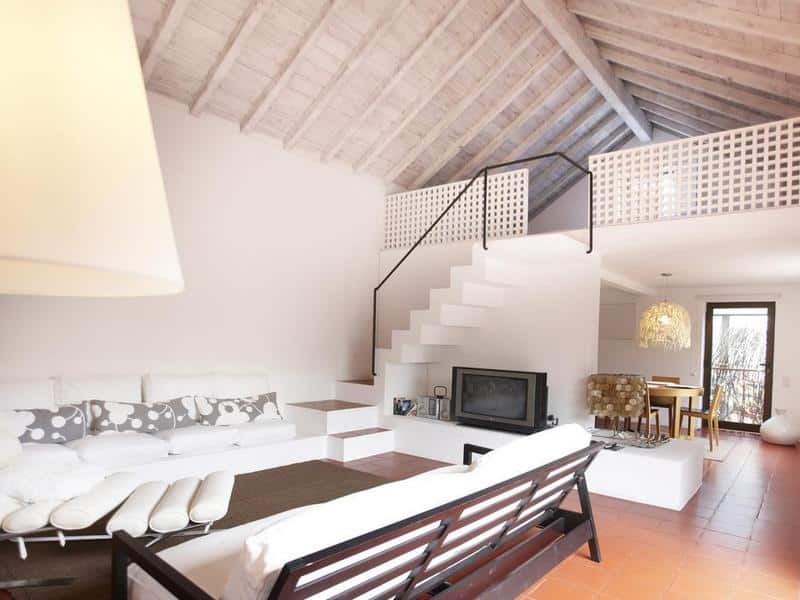
Quinta do Miguel
Quinta do Miguel offers stylish accommodation in a rural setting. Ranging from apartments, lofts and villas with access to sunny terraces and outdoor pool and hot tub. Just 1km from the beach.
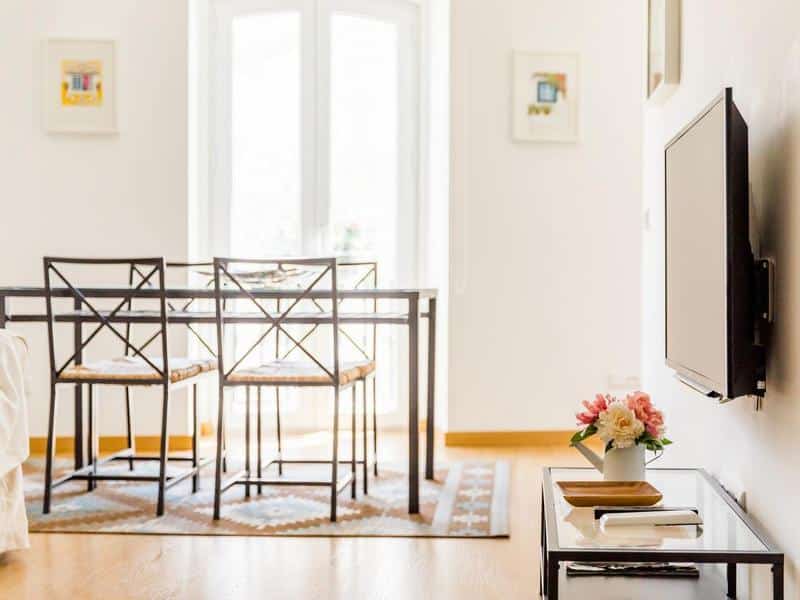
Casa das Flores
Casa das Flores is a light and fresh 2 bedroom apartment just 100m from the beach. With all amenities, including private parking on site, which in Sesimbra is a great asset
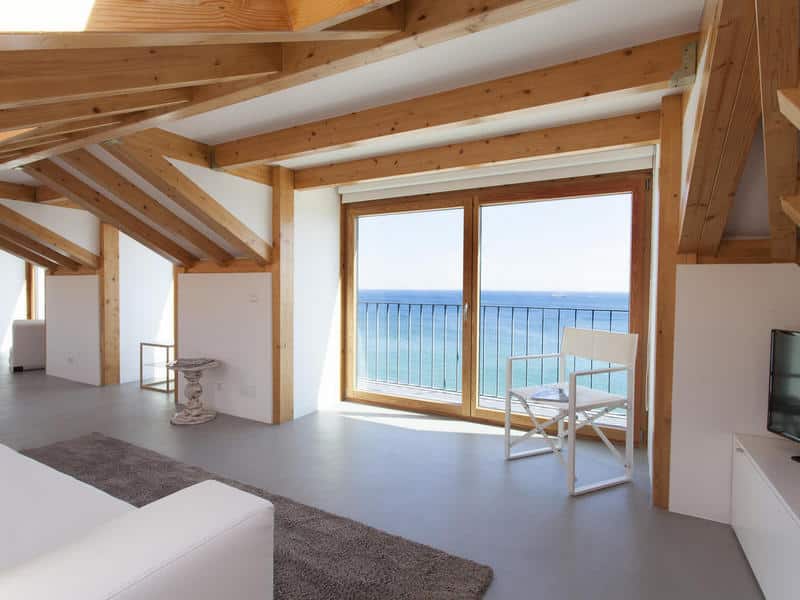
Season Apartments
Season Apartments is a beachfront rehabilitated building featuring bright and spacious rooms, with either a delightful balcony or a terrace with a sea view.

 English
English

